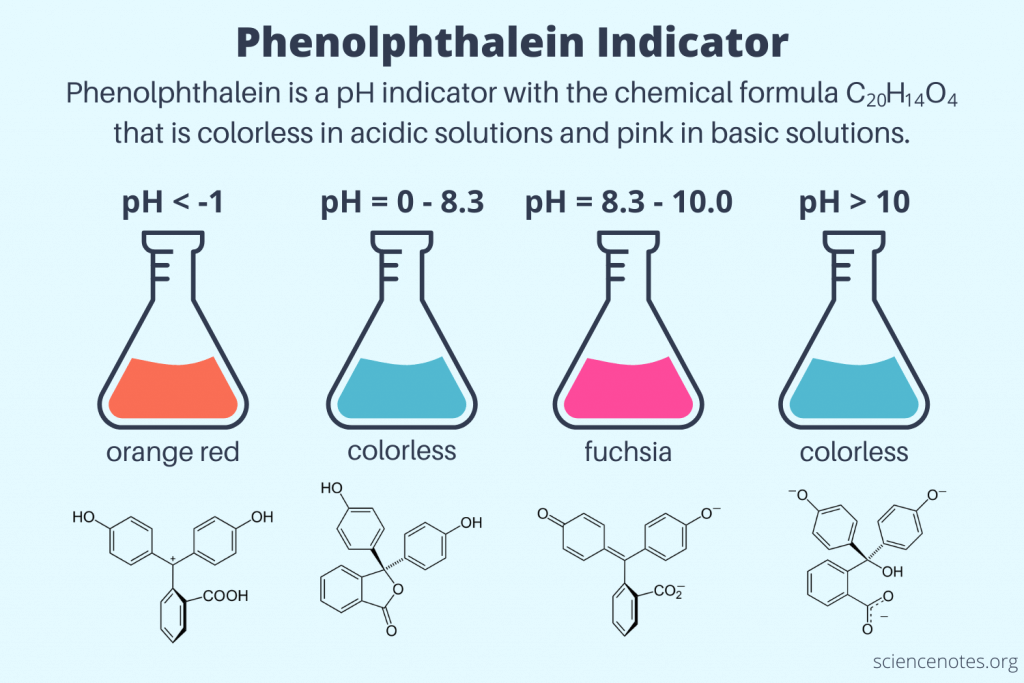Extract-N-Amp Equivalent DNA Extraction Protocol
Stephen Douglas Russell
Abstract
This extraction protocol uses an Extract-N-Amp equivalent solution to quickly and cheaply perform DNA extractions. This protocol has been widely used for dried specimens of macrofungi, but will work for other organismal groups as well. This protocol is an amalgamation of two different protocols that are currently in use by academic labs in the United States.
This protocol is easily scalable for larger batch sizes. The standard protocol assumes 100mL batches. This is enough extraction solution for 5,000 specimens. The primary thing needed to scale up are larger sizes of the sterile vacuum filter flasks. They come in each size you may need - 250mL, 500mL, or 1000mL.
For larger batch considerations:
100mL is enough for ~5,000 extractions
250mL is enough for ~12,500 extractions
500mL is enough for ~25,000 extractions
1000mL is enough for ~50,000 extractions
Steps
Create the Extraction Solution
Add 10mL of 1 M Tris stock into a 100mL Erlenmeyer flask.
For larger batches:
25mL for 250mL of end product in a 250mL flask
50mL for 500mL of end product in a 500mL flask.
1000mL for 1000mL of end product in a 1000mL flask.
Add 1.86g of KCl.
For larger batches:
4.65g for 500mL of end product in a 250mL flask.
9.3g for 500mL of end product in a 500mL flask.
18.6g for 1000mL of end product in a 1000mL flask.
Add 0.37g of EDTA.
For larger batches:
0.925g for 500mL of end product in a 250mL flask.
1.85g for 500mL of end product in a 500mL flask.
3.70g for 1000mL of end product in a 1000mL flask.
Add 80mL of molecular water and shake until the solution dissolves.
For larger batches:
200mL for 500mL of end product in a 250mL flask.
400mL for 500mL of end product in a 500mL flask.
800mL for 1000mL of end product in a 1000mL flask.
Add a two or three drops of Phenolphthalein to your solution. Setup your burette on the stand. Add 10 - 100 mL of 1 M NaOH to the burette (depending on how much you are making). Slowly release the NaOH into the flask until the solution turns from bright pink to colorless. This means you are now at a pH of 10.0.

Top up your final solution to 100, 500, or 1000mL total volume (depending on how much you are making).
Filter sterilize your solution with the vaccum flask and pump. Put your final solution into sterile 50mL tubes.
Create the 3% BSA Solution
Add 3g of BSA into a clean 100mL flask.
For larger volumes:
Add 7.5g of BSA into a clean 500mL flask.
Add 15g of BSA into a clean 500mL flask.
Add 30g of BSA into a clean 1000mL flask.
Top up to 100mL with molecular water.
For larger volumes top up to 250mL, 500mL, or 1000mL.
Shake the flask until the BSA is dissolved into the solution.
Filter sterilize the solution with a clean vacuum flask and pump. Put your final solution into sterile 50mL tubes.
Extraction Procedure
Put a small amount of tissue into one cell of an 8-strip tube. Maintain a spreadsheet of which specimens are going into which tube.
Add 20uL of Extraction Solution (ES) into each tube.
Incubate the tubes for 10 minutes at 95C.
Add 20uL of 3% BSA solution to each tube.
Vortex the tubes for five seconds and spin them down for five seconds. We typically do this on a PCR rack and vortex 6 or 12 strips at a time, and spin down two plates at a time.
Your extract is now ready to use 1uL of the final solution as the template directly into a PCR reaction.

